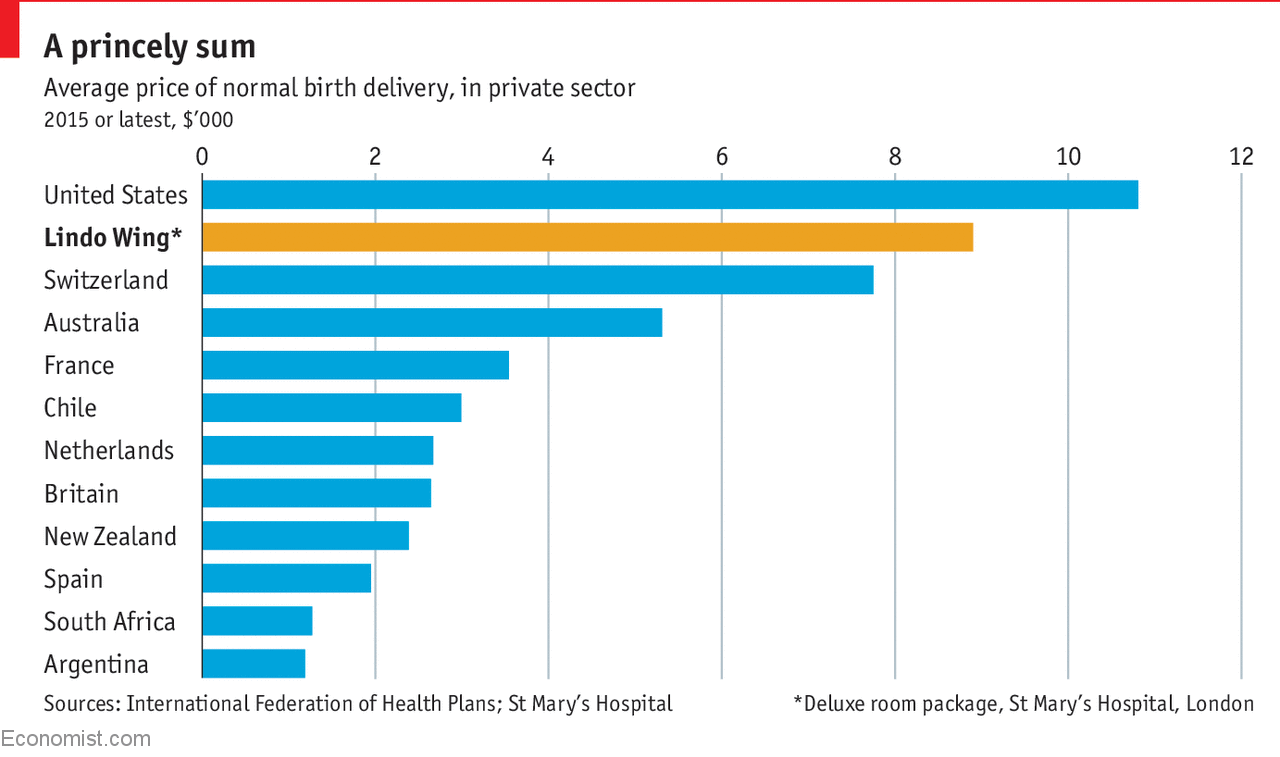
PARIS - The young couple moved to the front of the crowd to look at the painting. After a few seconds, the woman turned around, smiled into her cellphone and took some selfies. Next, her husband took more formal shots of her in front of the work. The two then posed arm in arm for selfies together, turned to have a last brief look at the painting - and moved away.
“It’s too small, and it’s
too crowded to get close to look at the detail,” said the woman, Jeannie Li,
28, a financial analyst in Shanghai, unimpressed by her first sight of Leonardo
da Vinci’s “Mona Lisa.” “I can see it better in a book or on the internet.”
The way the couple
interacted with the 500-year-old painting exemplifies how differently the
digital generation experiences art. Most of the roughly 150 people crowded
around the painting at the Louvre were taking photographs of the piece or of
themselves in front of it. In the presence of the “Mona Lisa,” digital
photography, more than looking at the actual artwork, is the primary
experience.
Ms. Li and her husband,
Steven, were in Paris for their honeymoon. Why had she wanted to visit the
Louvre and see this particular artwork? “Because it’s famous, because of its
mysterious smile, and because I read ‘The Da Vinci Code,’ ” Ms. Li said,
referring to the best-selling novel by Dan Brown, which opens with the shooting
of a curator in the museum’s Grand Gallery.
In 2017, the Louvre
attracted 8.1 million visitors, retaining its status as the world’s most visited
museum. Leonardo’s enigmatic, infinitely reproduced portrait of a woman thought
to be Lisa Gherardini, the wife of a Florentine merchant, is the star attraction. Made in oil
on wood in the early 16th century, the painting is presented in a temperature-controlled
capsule behind bulletproof glass and a protective barrier.
In October 2014, the
American megastars Jay-Z and Beyoncé, and their daughter Blue Ivy, had the
privilege of visiting the Louvre on their own. The resulting smartphone photo
session drew huge attention on Instagram, prompting Buzzfeeed to declare: “No
Picture Matters More Than Beyoncé And Jay-Z Posing In Front Of The Mona Lisa,”
and adding, “It might very well be the best picture of our generation. Or any
generation.”
The way the “Mona Lisa” is
viewed is representative of the way most art is viewed in today’s
digitally-mediated visual culture. In the past a privileged few spent hours
with masterpieces but digital reproduction has changed
things.
“At least millions of people
want to see it,” said Dulce Leite, 63, an Italian who seemed amazed by the
crowd in front of the “Mona Lisa.” She had spent the previous 15 minutes
contemplating a crowd-free “Virgin of the Rocks” (without taking any photos).
Imprisoned by its
reputation as the most famous painting in the world, and by its security capsule,
the “Mona Lisa” has ceased to exist as an original work of art. It has become a
photo opportunity.
What could be a more
contemporary way of seeing?






















